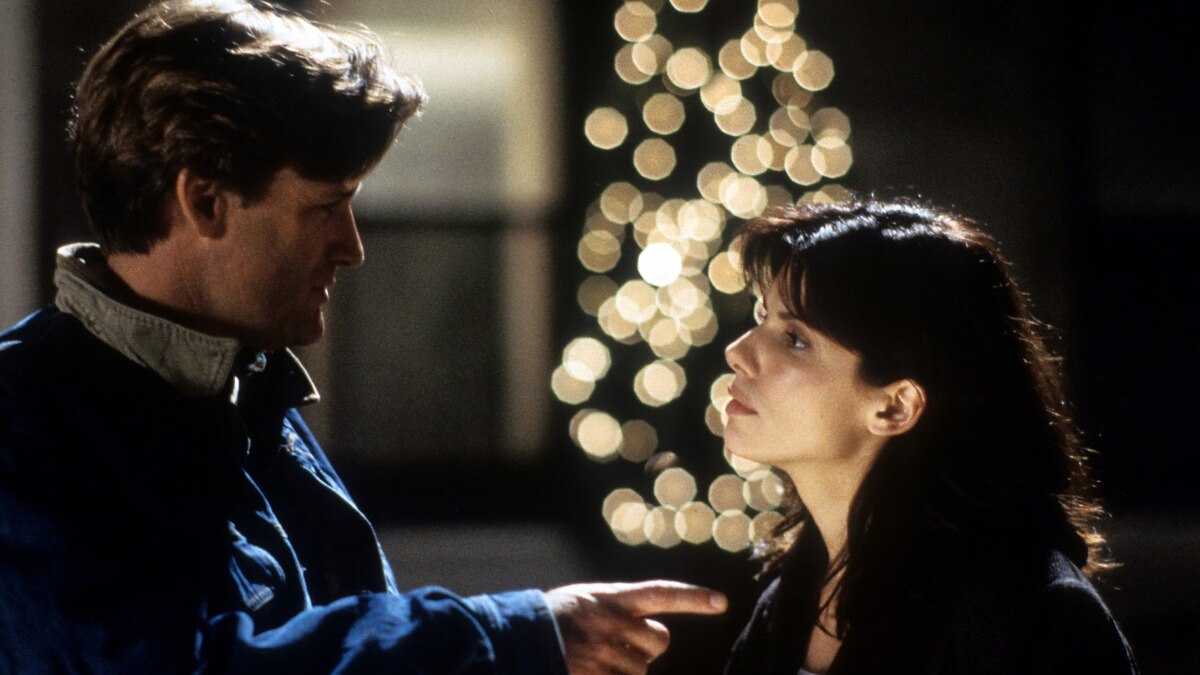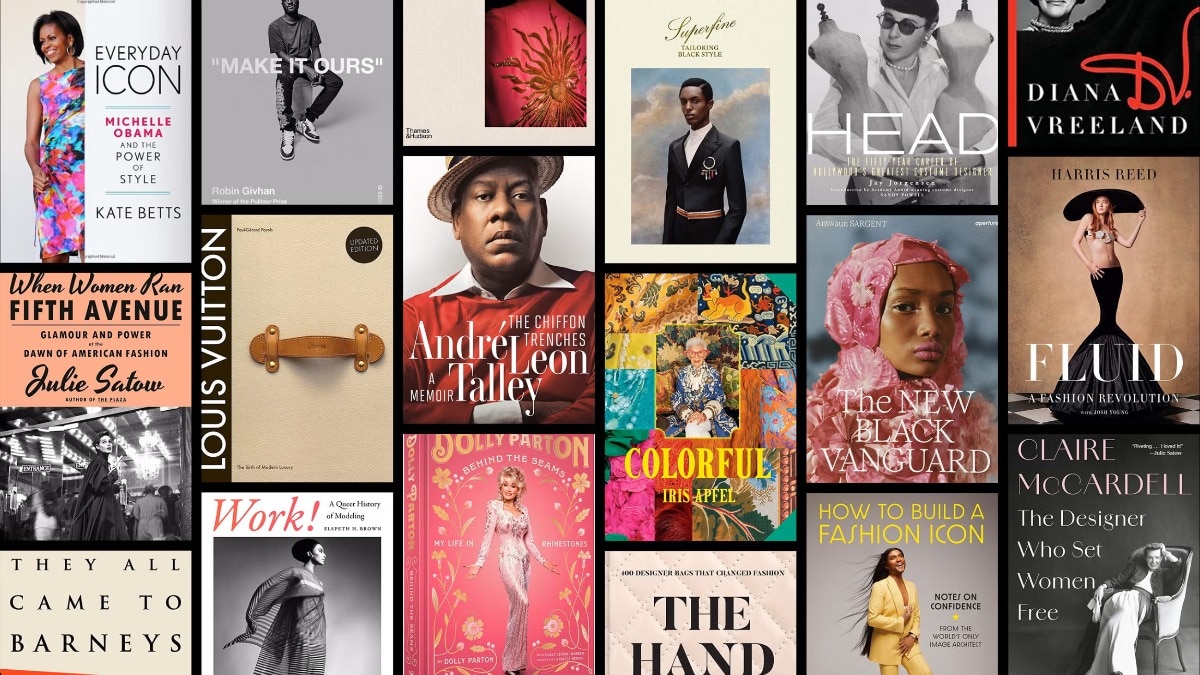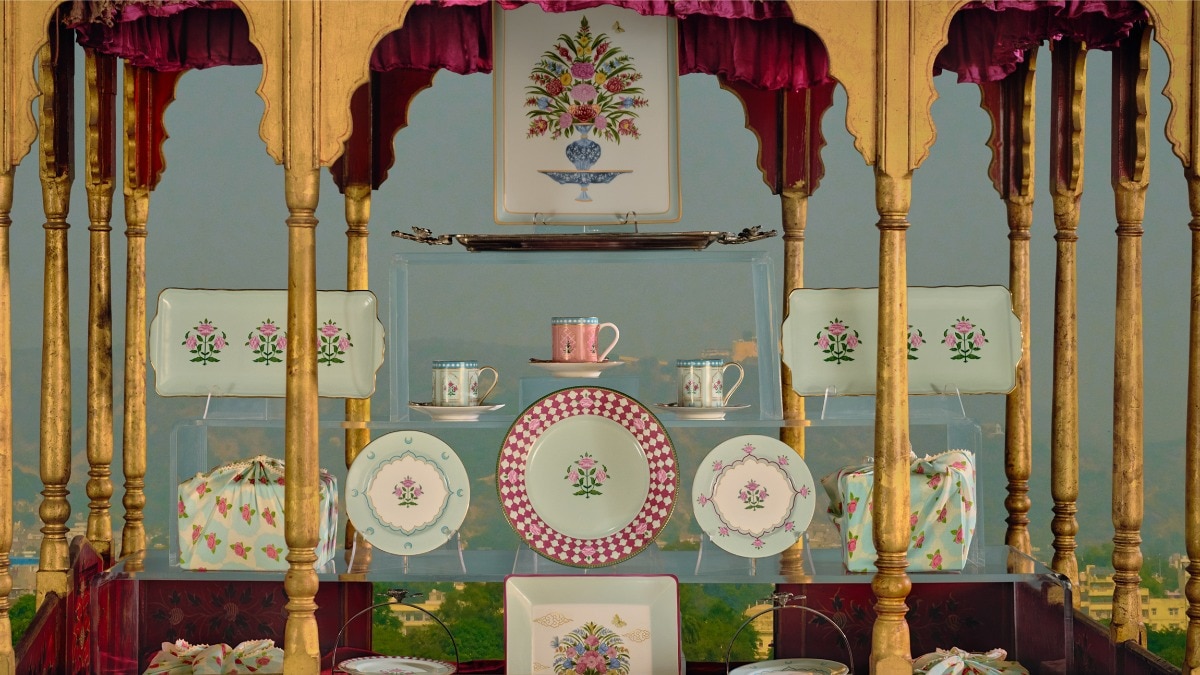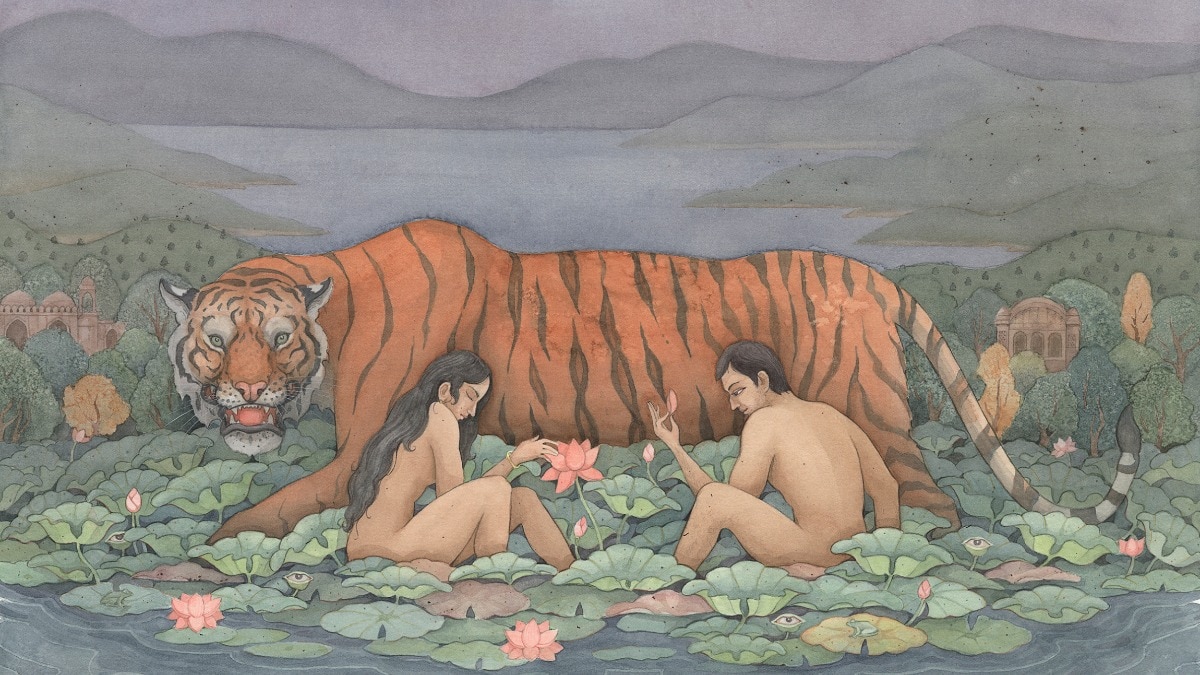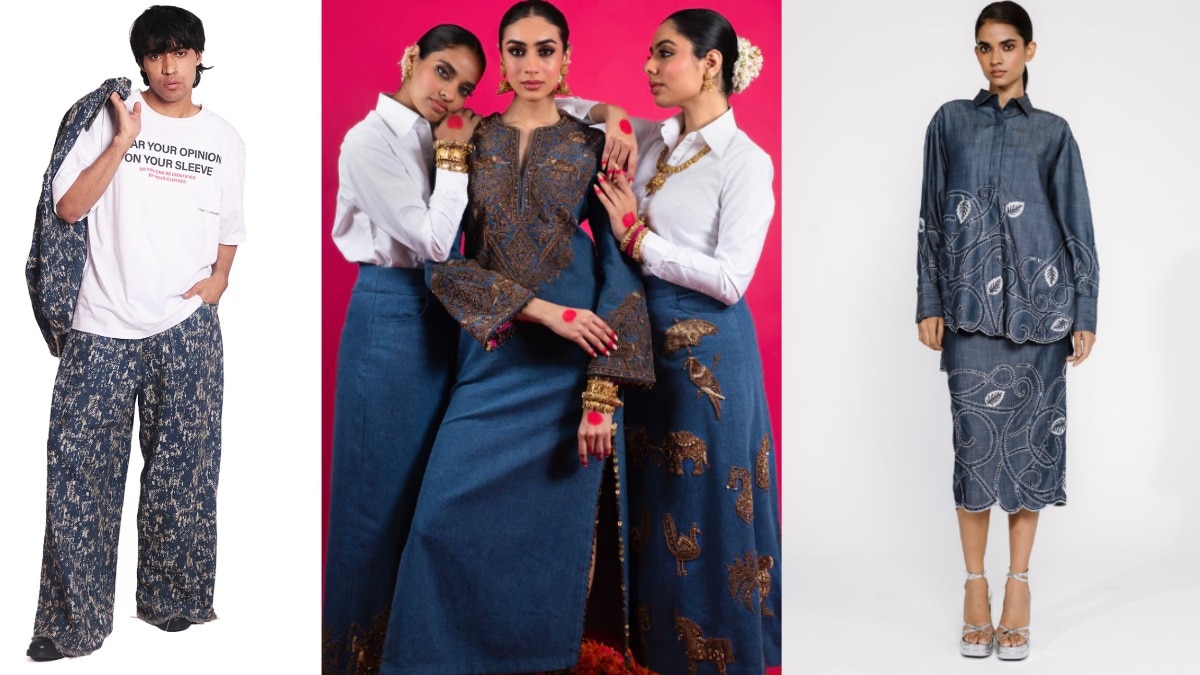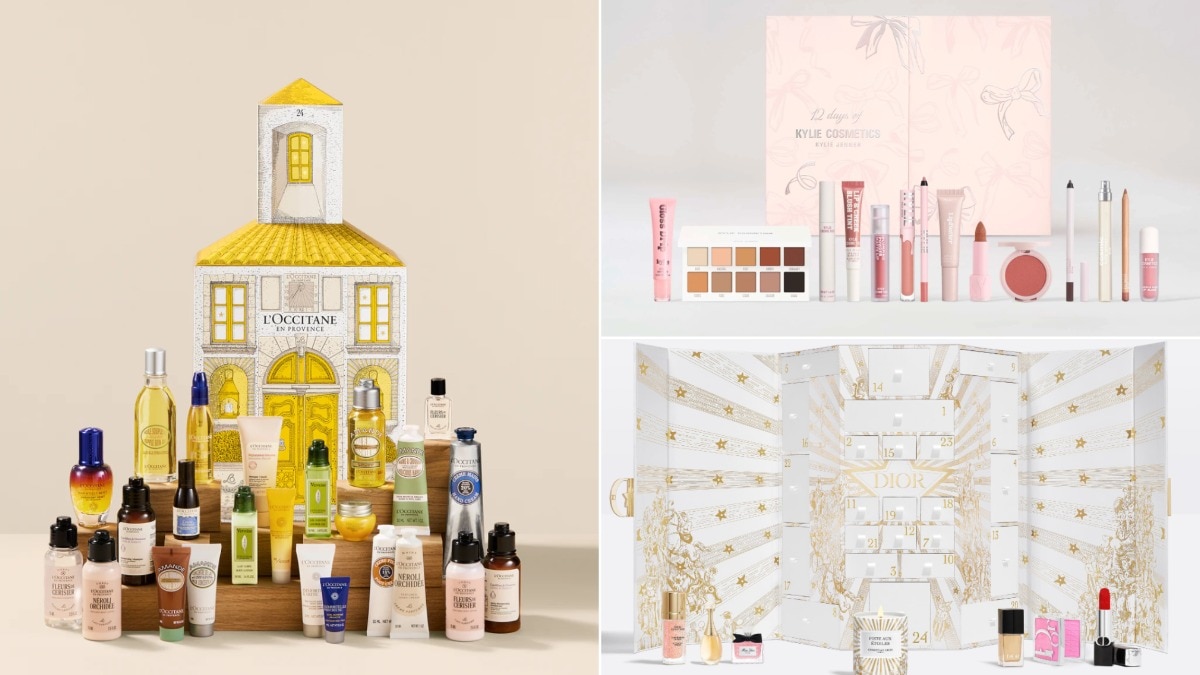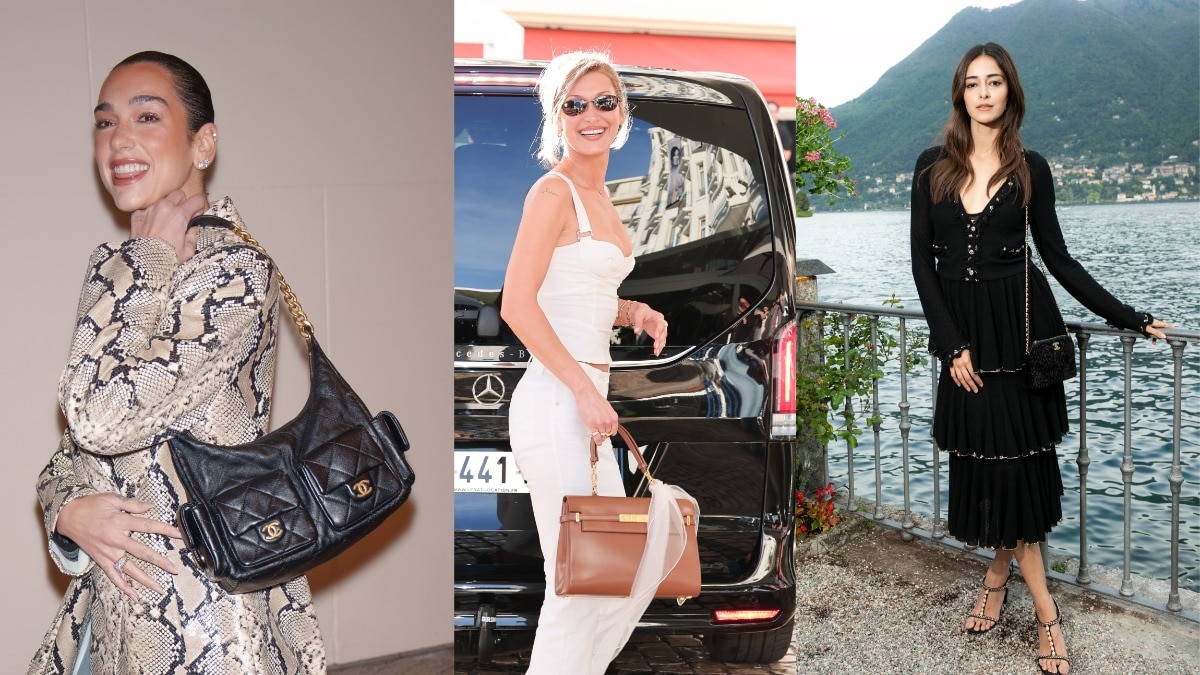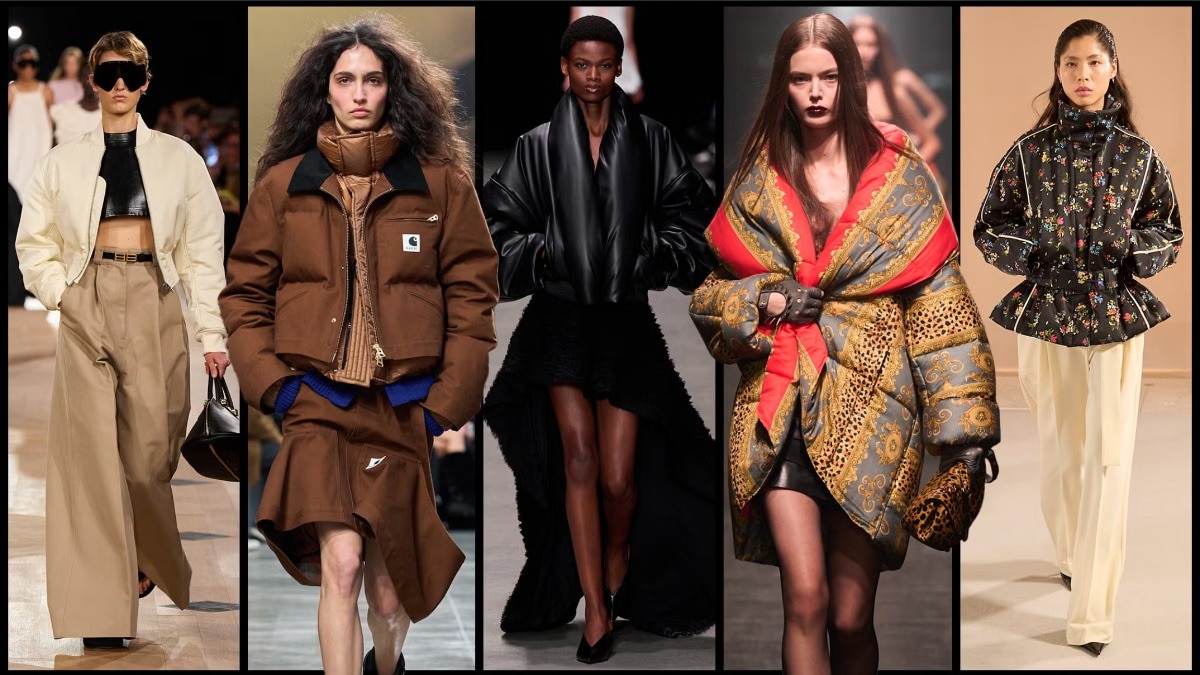
Why the revival of hyper-feminity aesthetic is significant to feminist movements
Pastels, pinks and the revolution.


In recent years, pink has come back with a vengeance, 'soft girl' aesthetic is all the rage, and floral prints and corsets have been trending for a while. The revival of these fads is more than just a TikTok craze or a visual revolution; they have social implications and are deeply rooted in feminist history.

To understand the connotation it has today, we first need to delve into the 2000s 'bimbocore' subculture. In the 2000s, 'bimbo' was used by men to describe an attractive but unintelligent frivolous woman; it was frequently used to describe women in the media such as Paris Hilton, Hilary Duff, and Lindsay Lohan. Today, women on the Internet have taken most of the power away from this word by dressing up in Y2K- inspired clothing, imitating Paris Hilton's voice, and creating 'bimbocore'. A TikToker took to the app to describe this subculture as a way to "celebrate and appreciate their hyper-femininity, which they express in their own, special way—not allowing misogynistic standpoints of femininity to get in the way of you being incredible." On TikTok, the hashtag #bimbo has received almost two billion views. In contrast, #bimbofication has received more than 95 million.

Let's look at the larger picture. The modern-day 'bimbo' challenges the career-driven feminism that ruled the better part of the '90s and early 2000s. Women are comfortable and confident in their femininity, pushing away the "I'm not like most girls" stereotype while being inclusive, supportive of other women and radically liberal. Another subculture, 'coquette-core', has been widely accepted, directly confronting the patriarchal conceptions of femininity that prevented women from embracing their level of femininity. The fashion is centred on lace, bows, pastels, and everything pink. Both subcultures were heavily criticised by feminists and, ironically, men, who, in the first place, were instrumental in setting these unrealistic standards for a patriarchal version of a woman. For years, women were told that they couldn't do both; they we were either pretty or intelligent, and women aren't enduring this narrative anymore.

This year, with the release of Barbie, the chronicle is shifting. The movie is a celebration of what it means to be a woman in the 21st century. Barbie personified feminism and femininity, two concepts not frequently perceived as compatible. This doll was everything—a doctor, an astronaut, a sister, a friend, a journalist, a teacher, a lawyer and more, but she also loved pink, high heels, and dressing up.
There are always two sides to a story. Many women are promoting the affinity towards being 'empty-brained' and just pretty; working to them isn't as big a priority as it is marrying rich person. With the very real and taxing problem of the gender pay gap, I think that women propagating relying on men financially can have half adverse outcomes. Furthermore, Paris Hilton, in her memoir, talked about how the media pitted three women against each other (Hilton, Lohan and Spears), and how it was toxic for them all. They were called the 'bimbo summit' for a long time, and trying to get away from the then-negative connotations of this word was hard on all of them.

